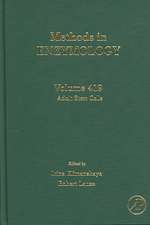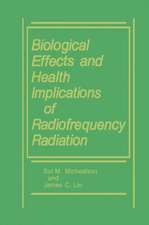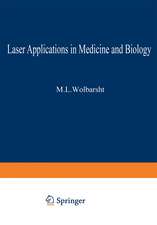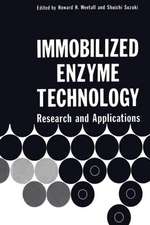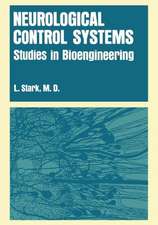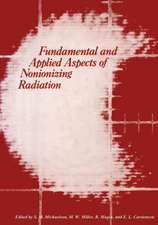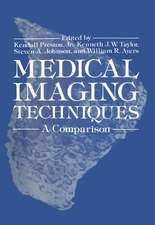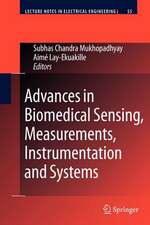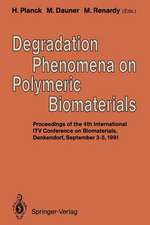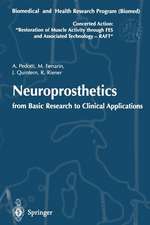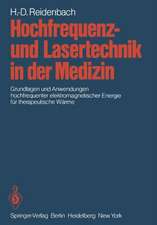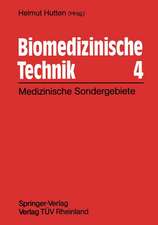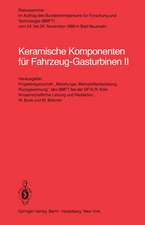Radiation: Fundamentals, Applications, Risks, and Safety
Autor Ilya Obodovskiyen Limba Engleză Paperback – 15 mar 2019
This book is devoted to the effect of small doses on the body. To understand the basic effects of radiation on humans, the book contains the necessary information from an atomic, molecular and nuclear physics, as well as from biochemistry and biology. Special attention is paid to the issues that are either not considered or discussed very briefly in existing literature. Examples include the ionization of inner atomic shells that play an essential role in radiological processes, and the questions of transformation of the energy of ionizing radiation in matter.
The benefits of ionizing radiation to mankind is reflected in a wide range of radiation technologies used in science, industry, agriculture, culture, art, forensics, and, what is the most important application, medicine. Radiation: Fundamentals, Applications, Risks and Safety provides information on the use of radiation in modern life, its usefulness and indispensability.
Experiments on the effects of small doses on bacteria, fungi, algae, insects, plants and animals are described. Human medical experiments are inhuman and ethically flawed. However, during the familiarity of mankind with ionizing radiation, a large number of population groups were subject to accumulation, exposed to radiation at doses of small but exceeding the natural background radiation.
This book analyzes existing, real-life radiation results from survivors of Hiroshima and Nagasaki, Chernobyl and Fukushima, and examines studies of radiation effect on patients, radiologists, crews of long-distant flights and astronauts, on miners of uranium copies, on workers of nuclear industry and on militaries, exposed to ionizing radiation on a professional basis, and on the population of the various countries receiving environmental exposure.
The author hopes that this book can mitigate the impact of radiation phobia, which prevails in the public consciousness over the last half century.
- Explores the science of radiation and the effects of radiation technologies and biological processes
- Analyzes the elementary processes of ionization and excitation
- Summarizes information about inner shells ionization and its impact on matter and biological structures
- Discusses quantum concepts in biology and clarifies the importance of epigenetics in radiological processes
- Includes case studies focusing on humans irradiated by low doses of radiation and its effects
Preț: 1149.36 lei
Preț vechi: 1599.60 lei
-28% Nou
Puncte Express: 1724
Preț estimativ în valută:
219.100€ • 239.05$ • 184.92£
219.100€ • 239.05$ • 184.92£
Carte tipărită la comandă
Livrare economică 15-29 aprilie
Preluare comenzi: 021 569.72.76
Specificații
ISBN-13: 9780444639790
ISBN-10: 0444639799
Pagini: 720
Dimensiuni: 216 x 276 mm
Greutate: 1.64 kg
Editura: ELSEVIER SCIENCE
ISBN-10: 0444639799
Pagini: 720
Dimensiuni: 216 x 276 mm
Greutate: 1.64 kg
Editura: ELSEVIER SCIENCE
Public țintă
graduates students, post-graduates and researchers in chemistry, physics, biology, ecology and chemical engineers, materials scientists who are investigating or using radiation in various fields. Medical doctors, environmentalists, and instrument engineers would also be interested in this bookCuprins
Part I. Fundamentals
1. Peculiarities of the processes in microcosm
2. Nucleui and nuclear radiation
3. Probability and energy laws of particle collisions
4. Ionization and excitation of atoms and molecules
5. Passing of charged particles through matter
6. Interaction of gamma quanta with matter
7. Interaction of neutrons with matter
8. Elementary processes of the transformation of radiation energy in matter
9. Electron attachment
10. Diffusion and drift of charges
11. Recombination of charges
12. Luminescence
13. Molecule relaxation
14. Radiation detection
15. Formation and migration of the defects in crystals
16. Chemical processes under the influence of radiation
Part II. Applications
17.. Radionuclide sources of ionizing radiation
18. Accelerators
19. Neutron sources
20. Radiation methods of matter composition analysis
21. The Mössbauer Effect
22. Crystal diffraction methods for investigation of the structure of matter
23. Industrial radiation technologies
24. Radiation in the synthesis and modification of substance
25. Radiation doping of semiconductors
26. Radiation for control and testing
27. Radiation-chemical nanotechnologies
28. Atomic energy sources
29. Fundamentals of radiation material science
30. Radiation sterilization
31. Medical radiation diagnostics
32. Radiation therapy
Part III. Risks and Safety
33. Basics of biochemistry
34. Basics of biology
35. Effect of radiation on biological structures. Radiation Mutagenesis
36. Radiation Carcinogenesis and Mutagenesis
37. Experiments on bacteria, plants, fungi, tissues, and animal cultures
38. Epidemiological method of the evaluation of the radiation action on humans
39. The early history of radiation damage
40. Radium stage
41. Radiation experiments on people in the United States
42. Radiation events after discovery of fission
43. People survived after atomic bombarding of Hiroshima and Nagasaki
44. Military applications of nuclear energy
45. Population and personnel irradiated due to nuclear weapon tests
46. The nuclear employees
47. Radon. Miners of uranium copies and world population
48. Crews and passengers of long-distant flights. Astronauts
49. Radiologists and patients under diagnostic and therapeutic procedures
50. Population and liquidators after the accident at the Chernobyl Nuclear Power Plant
51. Radiation accident at Fukushima NPP
52. Population living in the area of nuclear plants
53. Residents of areas with high natural background radiation
54. Radiation hormesis. The necessity of radiation
55. Internal dosimeter
56. Comparison of radiation hazard with the hazards of other types
54. Comparison of radiation hazard with the hazards of other types
1. Peculiarities of the processes in microcosm
2. Nucleui and nuclear radiation
3. Probability and energy laws of particle collisions
4. Ionization and excitation of atoms and molecules
5. Passing of charged particles through matter
6. Interaction of gamma quanta with matter
7. Interaction of neutrons with matter
8. Elementary processes of the transformation of radiation energy in matter
9. Electron attachment
10. Diffusion and drift of charges
11. Recombination of charges
12. Luminescence
13. Molecule relaxation
14. Radiation detection
15. Formation and migration of the defects in crystals
16. Chemical processes under the influence of radiation
Part II. Applications
17.. Radionuclide sources of ionizing radiation
18. Accelerators
19. Neutron sources
20. Radiation methods of matter composition analysis
21. The Mössbauer Effect
22. Crystal diffraction methods for investigation of the structure of matter
23. Industrial radiation technologies
24. Radiation in the synthesis and modification of substance
25. Radiation doping of semiconductors
26. Radiation for control and testing
27. Radiation-chemical nanotechnologies
28. Atomic energy sources
29. Fundamentals of radiation material science
30. Radiation sterilization
31. Medical radiation diagnostics
32. Radiation therapy
Part III. Risks and Safety
33. Basics of biochemistry
34. Basics of biology
35. Effect of radiation on biological structures. Radiation Mutagenesis
36. Radiation Carcinogenesis and Mutagenesis
37. Experiments on bacteria, plants, fungi, tissues, and animal cultures
38. Epidemiological method of the evaluation of the radiation action on humans
39. The early history of radiation damage
40. Radium stage
41. Radiation experiments on people in the United States
42. Radiation events after discovery of fission
43. People survived after atomic bombarding of Hiroshima and Nagasaki
44. Military applications of nuclear energy
45. Population and personnel irradiated due to nuclear weapon tests
46. The nuclear employees
47. Radon. Miners of uranium copies and world population
48. Crews and passengers of long-distant flights. Astronauts
49. Radiologists and patients under diagnostic and therapeutic procedures
50. Population and liquidators after the accident at the Chernobyl Nuclear Power Plant
51. Radiation accident at Fukushima NPP
52. Population living in the area of nuclear plants
53. Residents of areas with high natural background radiation
54. Radiation hormesis. The necessity of radiation
55. Internal dosimeter
56. Comparison of radiation hazard with the hazards of other types
54. Comparison of radiation hazard with the hazards of other types

